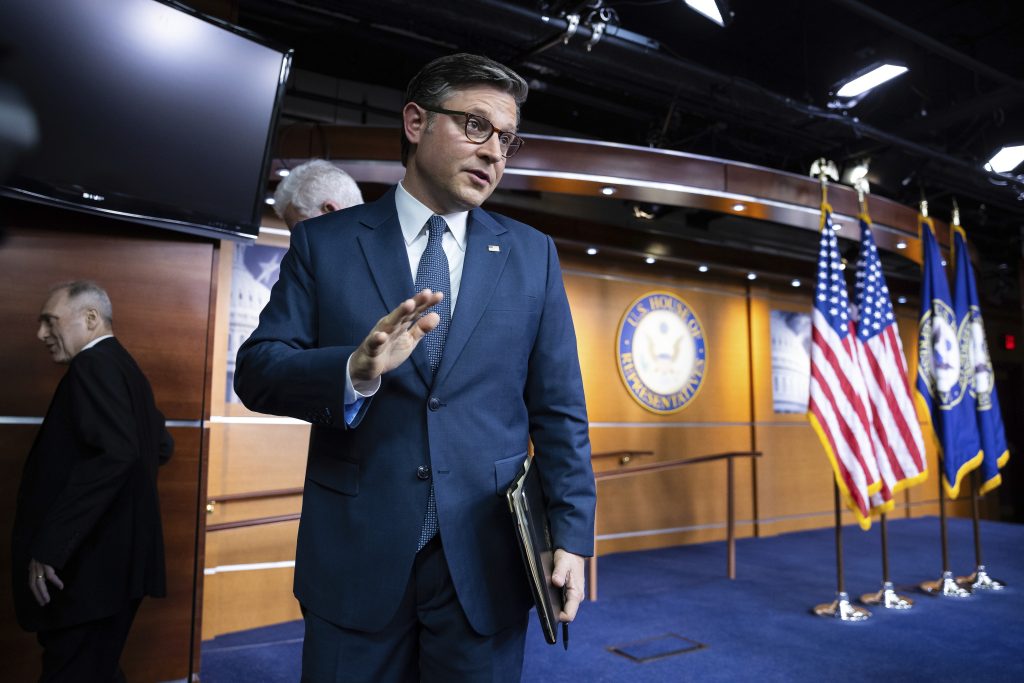The nation’s loan program for disaster survivors has fully exhausted its funding, the Biden administration announced Tuesday. And lawmakers, the only ones who can greenlight more funding, are slated to be out until after Election Day.
Without congressional action, the Small Business Administration can’t make new loan offers to people trying to rebuild businesses and homes hit by disasters like Hurricanes Helene and Milton. Speaker Mike Johnson has repeatedly said he does not intend to call lawmakers back to town before the scheduled Nov. 12 return, however, saying over the weekend that it would be “premature” to gavel back in to approve emergency disaster aid before states have calculated their recovery needs from the two hurricanes.
Some Republican lawmakers have publicly indicated they would be more open to returning if agencies said they were out of money. Without calling lawmakers back to the Capitol, congressional leaders could use their brief “pro forma” sessions to pass an emergency funding bill for the loan program. But any lawmaker could block a request for passage without a roll-call vote.
Rep. Jared Moskowitz (D-Fla.) has already introduced a bill that would provide SBA with $8 billion for disaster loans, stressing that Congress should have “proactively funded” that agency and FEMA “before going on a months-long recess during hurricane season.”
President Joe Biden said in a statement Tuesday that “Speaker Johnson has promised that this and other disaster programs will be replenished when Congress returns.” He urged Americans to continue to apply for the loans.
Without a refill, the agency must halt all new loan offers but can still do some prep work like initial processing of loan applications.
FEMA, on the other hand, is still expected to have enough funding to last until after Election Day, even though the agency has blown through nearly half of the $20 billion Congress approved for the disaster relief fund in late September.
FEMA Administrator Deanne Criswell warned last week that she might have to pivot to covering only “immediate needs” with money in the disaster relief fund earlier than anticipated.
Criswell has predicted that she would need to switch to that cash-conservation mode in December or January, pausing all long-term disaster recovery efforts like rebuilding on Maui after last year’s wildfires. But last week the administrator warned that she’s “going to have to assess that every day to see if I can wait that long.”
The more than $20 billion Congress cleared before they left in September does not fulfill any of the emergency disaster aid requests the White House has sent over the last year. In June, the White House requested $4 billion in extra disaster funding to respond to tornadoes, wildfires and hurricanes, as well as the rebuilding of the Francis Scott Key Bridge in Baltimore.
That unfulfilled request builds on the White House’s year-old plea for Congress to provide $23.5 billion in extra disaster aid.







